History
The Surrey County Pauper Lunatic Asylum was originally established in 1841 under the County Asylum’s act which was passed in 1809. This meant that counties became legally obliged to provide an asylum for their psychiatric patients or 'lunatics' as they were then known as. Due to inadequacies of this legislation, many asylums weren't constructed until after the County Asylum Lunacy Act in 1845. During this period an additional 60 Asylums were built including notable institutions such as Cane Hill, Whittingham, High Royds. Similarly to many other asylums of this era, the facility was built to be largely self-sufficient and contained. Featuring an 18th century mansion house, various farm buildings, stables, and a coach house across 97 acres of land. Designed to mimic a mock Tudor style with twisted chimneys, a stone engraved fountain and grand sweeping lawns. The façade was patterned with variegated brickwork to resemble Hampton Court Palace. It was considered to be an ideal location due to its proximity within inner city London and it's 'Southerly' aspect, providing cleaner air and a more suitable water supply. The asylum accommodated for 350 patients and was designed in accordance with a sophisticated 'corridor' plan.
After only five years the asylum was already experiencing overcrowding and during the mid-1800s two new wings were added in order to accommodate for a further 400 patients. In 1888 Middlesex County Council acquired management authority and the was renamed the Wandsworth Asylum. By 1885 the institution held nearly 1,000 patients, 430 males and 534 females. Later on, a new purpose-built chapel was integrated in 1881 to replace the existing one formally located inside the main building. Once the First World War had begun the Asylum was renamed again as the Springfield War Hospital and provided beds for wounded soldiers. A Neurological Unit was established called Springfield House Hospital and was separated from the main hospital. The hospital began facilitating for veterans suffering from PTSD or 'shell shock.' In 1931 a new Infirmary Block was opened, as well as modernised operating theatres. Due to these factors patient numbers had increased to 1,848 the following year. Once the Second World War had begun, the basement was converted into a temporary bomb shelter and whilst the hospital took no direct hits, it was superficially damaged from nearby blasts.
After the war the facility became part of the newly formed NHS and became officially known as Springfield Asylum in 1948. Providing the standardised treatments of the time, including Electroconvulsive Therapy (ECT) which involved passing a current through the brain and induce an epileptic fit. Regarded at the time to be effective for patients suffering from depression and a cutting edge treatment in progressive psychiatry. Unfortunately, the procedure hadn't been fully developed and was known to cause injury to the patients but despite the controversy, it's still used in rare cases today. In addition to this, the hospital also provided Neurosurgery, Cardiazol Convulsion Therapy and Deep insulin treatment or Insulin Coma Therapy (ICT.) This was a practice based on the belief that Schizophrenia was caused by a high blood sugar in the brain and involved injecting patients with large doses of insulin. During the 1960s the numbers of patients being administered were steadily decreasing due to radical advancements in the pharmaceutical industry regarding the development of new antipsychotic drugs.
As a result of the recession in Britain during the mid 1970s, funding towards the psychiatric hospitals was dramatically cut. Five years later overall patient numbers were reduced to 80,000 from 150,000 compared to medical records in 1959. Cases of abuse and neglect in the asylum system were being exposed to the general public and as an act of deinstitutionalisation, the Mental Health Act was passed in 1983. This allowed patients the right to appeal for certification and in order to be cared for within the community. Throughout the 1990s fewer patients were admitted to the hospital and more wards were closed. However, outpatient clinics and support services increased. In 1994 the Hospital became part of the Pathfinder Mental Health Services NHS Trust in 1999, changing its name again to the South West London and St George's Mental Health NHS Trust. In 2004 the facility fell under scrutiny after five patients escaped. One of those was John Barrett, diagnosed with paranoid schizophrenia who repeatedly stabbed cyclist Dennis Finnegan to death in Richmond Park, he was later given a 15 year sentence after pleading guilty to the manslaughter. It was later revealed around 30 patients had fled secure wards in the previous four years.
Our Visit
We arrived early in the morning to avoid being detected by any nightshift staff and without much fuss we quickly made our way in. After a short wander in the dark, we found a suitable place to catch a few hours kip before the sun rose. Despite the years of abandonment and neglect, the hospital still remains in pretty good condition. A location no graffiti or vandalism, lots of decay and an array of items left behind is often hard to come by in the UK. All in all definitely worth waking up at the crack of dawn for. As always, without any further ado onto the photos!


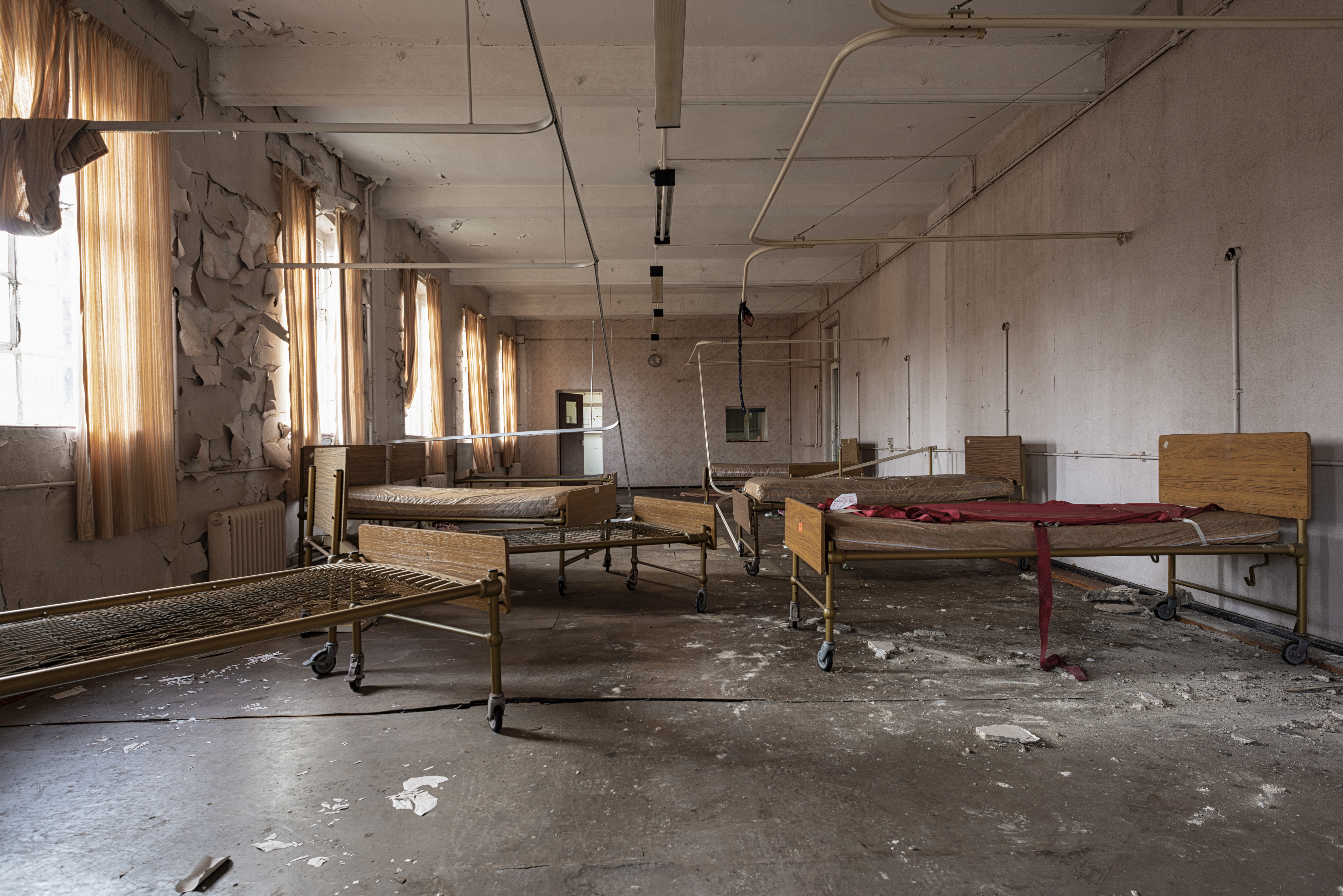


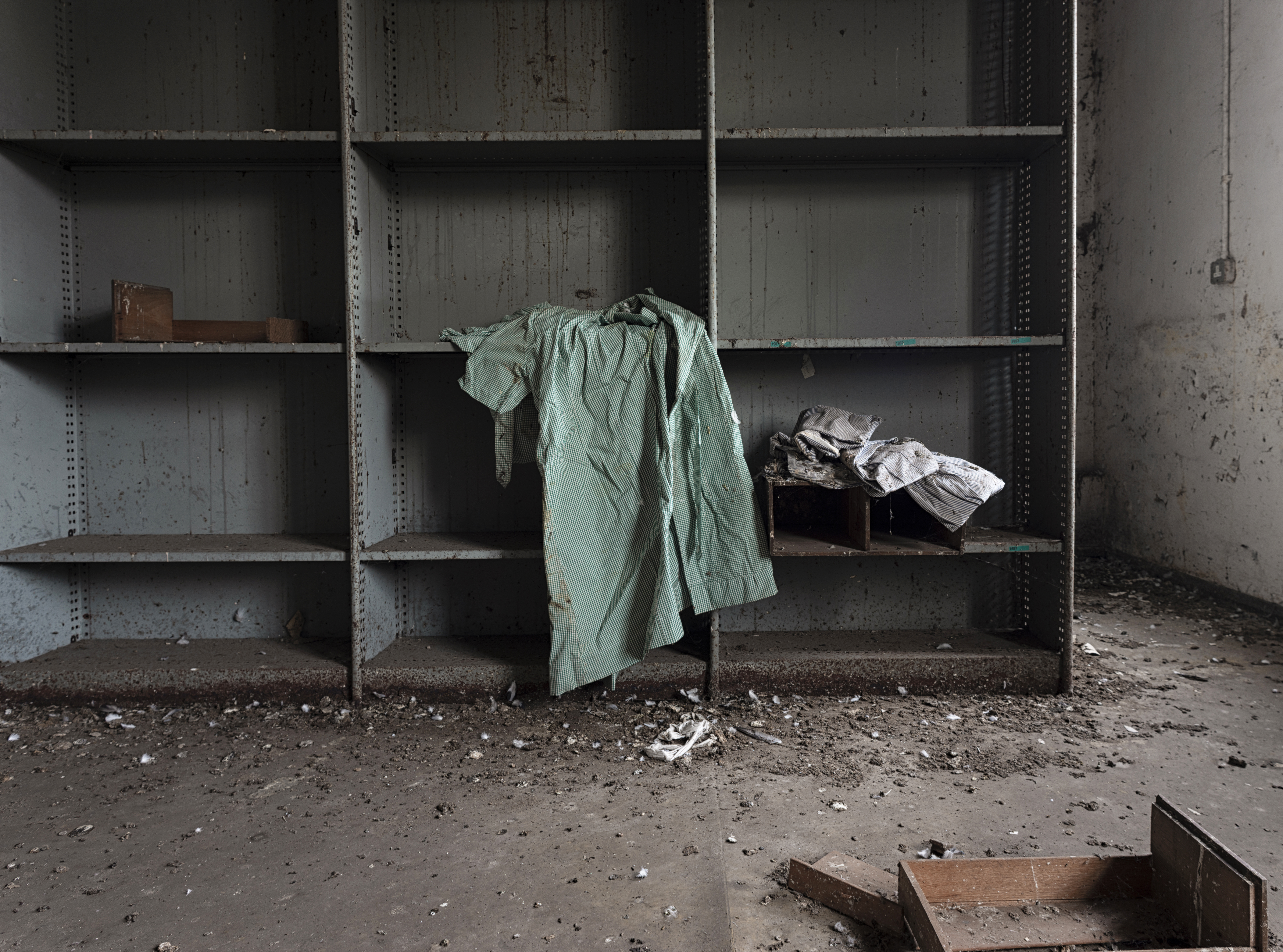


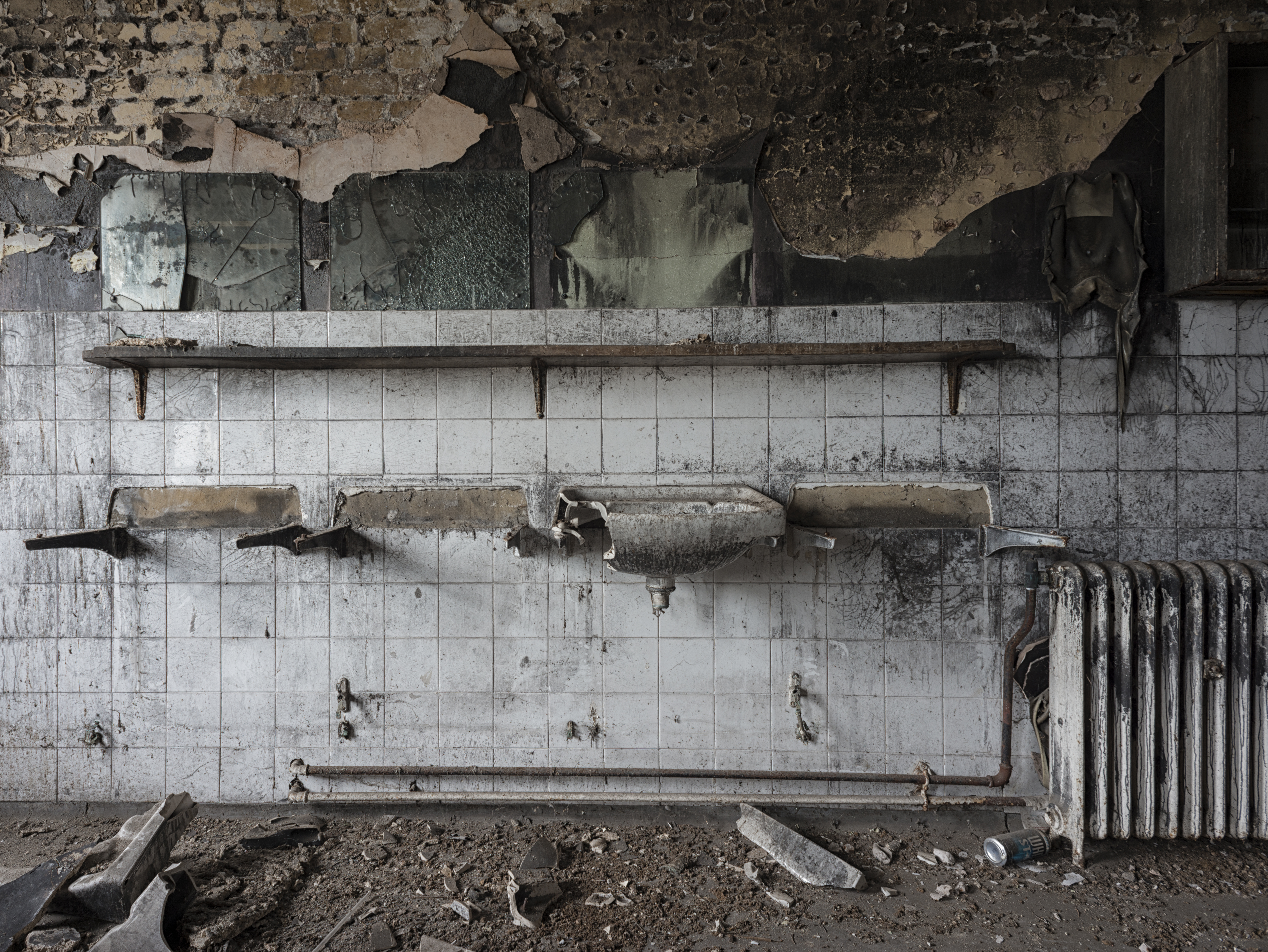


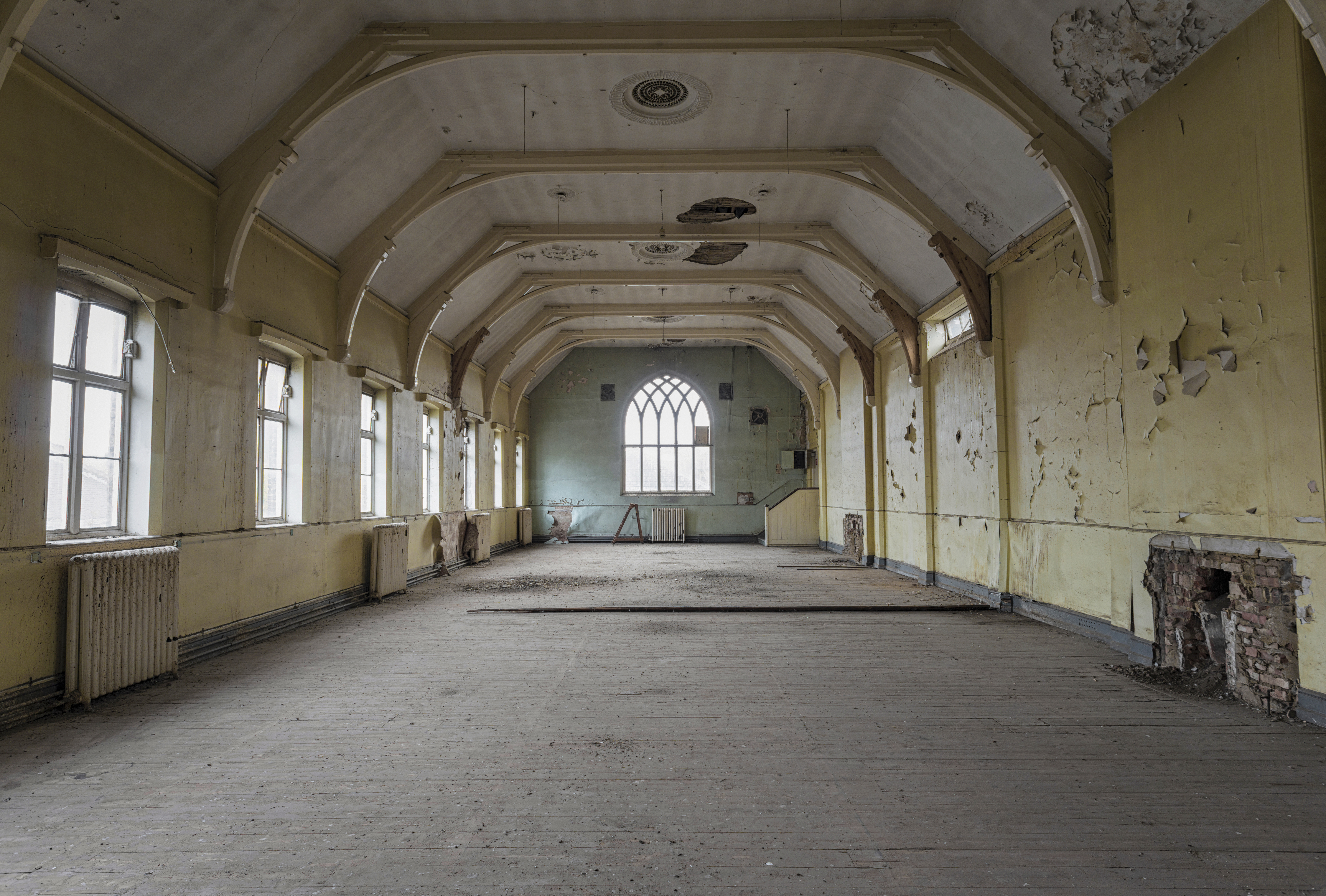

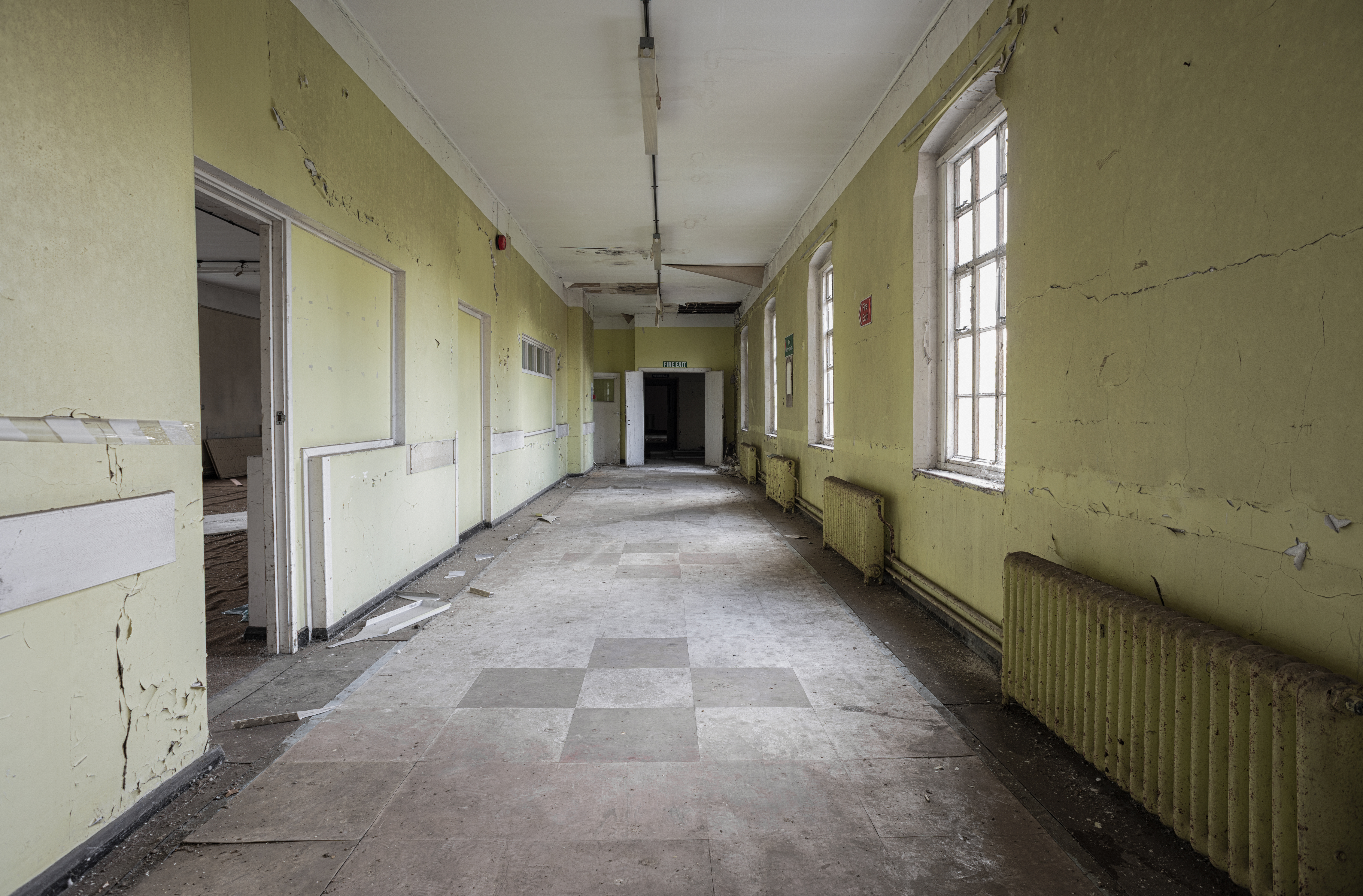
If you've made it this far, thanks for reading
Last edited:


